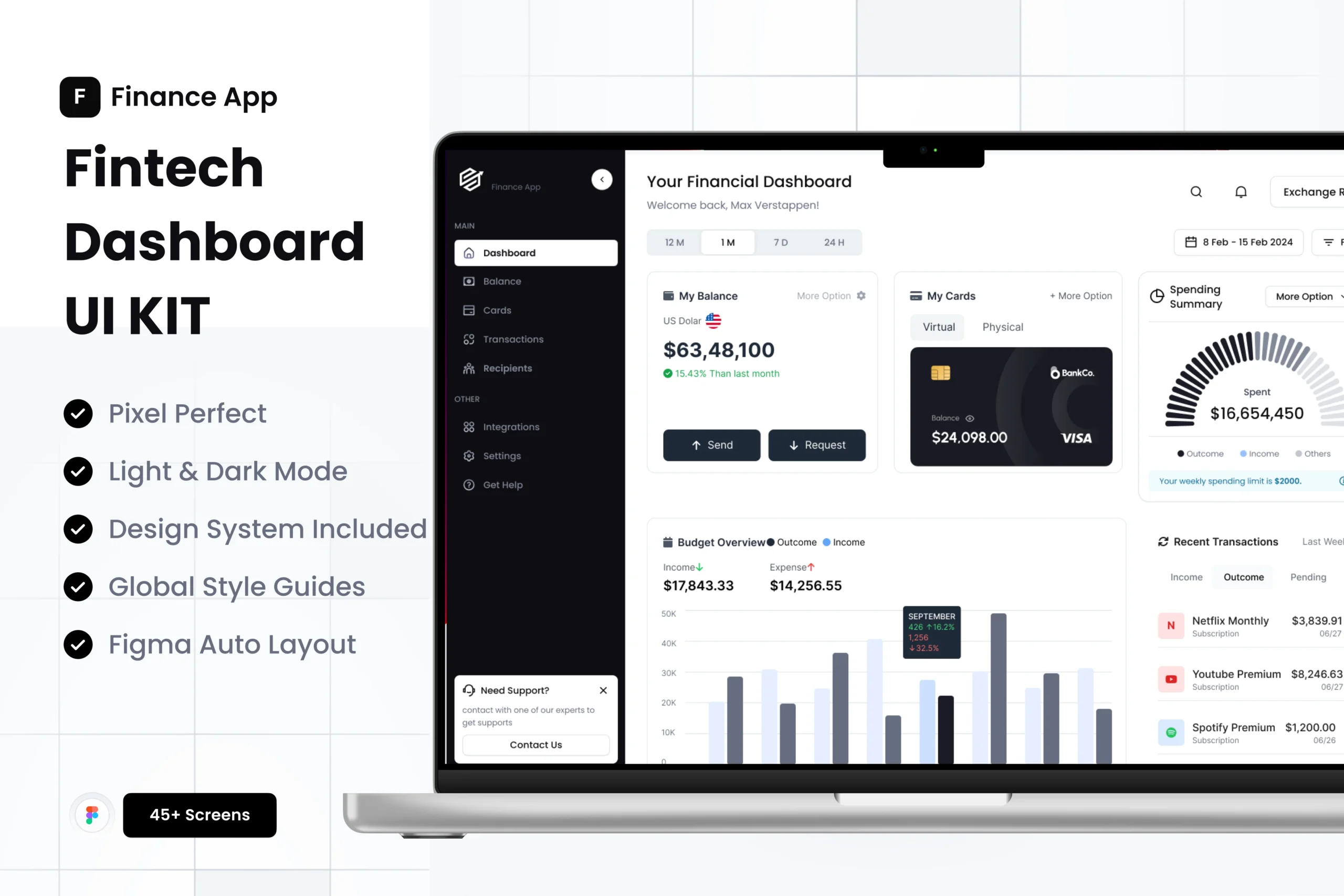
10 Essential UI/UX Design Principles That Actually Convert in 2025
Share

1. The 2.5-Second Rule: Why First Impressions Make or Break Your Design
- Clear value proposition
- Visual hierarchy that makes sense
- Trust signals (logos, testimonials, security badges)
- Easy navigation
2. AI-Powered Progressive Disclosure: The Future of Smart UX
3. Voice-First Microinteractions: Beyond Visual Feedback
- Voice confirmations: Subtle audio feedback for important actions
- Haptic responses: Tactile feedback for touch interactions
- Biometric triggers: Interface changes based on user stress levels or attention
4. Dynamic Color Psychology: Context-Aware Design
- Time of day (warmer colors in evening, cooler in morning)
- User’s location and local weather
- Device brightness settings
- User’s declared preferences
- Contextual adaptation: Colors that respond to user environment
- Accessibility-first: Automatic contrast adjustments for different needs
- Emotional resonance: Colors that match user’s current emotional state
- Brand consistency: Maintaining brand identity while being adaptive
5. Spatial Computing Design: Beyond Mobile-First
- Depth-aware interfaces: Elements that exist in 3D space
- Gesture-based navigation: Hand tracking and eye movement controls
- Immersive experiences: Interfaces that blend with real environments
- Multi-modal interactions: Combining voice, gesture, and traditional input
6. Neurodiversity-Inclusive Design: Beyond Basic Accessibility
- Cognitive load management: Interfaces that don’t overwhelm users with ADHD
- Sensory-friendly options: Reduced motion, customizable contrast, and audio alternatives
- Multiple learning styles: Visual, auditory, and kinesthetic information presentation
- Executive function support: Tools that help users with planning and organization
7. Predictive F-Patterns: AI-Enhanced Reading Paths
- Personalized content flow: Layout adapts to user’s reading speed and preferences
- Contextual prioritization: Important information surfaces based on user’s current task
- Predictive scrolling: Content loads based on anticipated user needs
- Attention mapping: Real-time adjustment of content prominence
8. Quantum Loading: The New Performance Standard
- Predictive preloading: Content loads before users know they need it
- Progressive enhancement: Core functionality loads instantly, features enhance progressively
- Contextual prioritization: Critical content loads first based on user intent
- Seamless transitions: Loading states that feel like natural part of the experience
9. Empathetic Error Prevention: Understanding User Psychology
- Cognitive load reduction: Interfaces that don’t overwhelm working memory
- Contextual guidance: Help that appears exactly when and where users need it
- Emotional support: Interfaces that acknowledge user frustration and provide encouragement
- Predictive assistance: AI that anticipates user needs and prevents errors before they happen
- Step-by-step guidance with emotional reassurance
- Real-time validation with encouraging feedback
- Progress indicators that celebrated small wins
- Clear explanations of why each piece of information was needed
10. Living Design Systems: Evolving Consistency
- Adaptive components: UI elements that evolve based on usage patterns
- Predictive consistency: Interfaces that anticipate user needs while maintaining familiar patterns
- Contextual branding: Brand elements that adapt to different environments and use cases
- Continuous optimization: Systems that improve automatically based on user feedback
Putting It All Together: A 2025 Case Study
- Implemented AI-powered progressive disclosure: Health questions appeared based on user responses and medical history
- Added empathetic error prevention: The system acknowledged user concerns and provided emotional support
- Created neurodiversity-inclusive design: Multiple ways to input information for different cognitive styles
- Integrated voice-first interactions: Users could speak their responses for accessibility
- Applied dynamic color psychology: Interface colors adapted based on user stress levels detected through typing patterns
Your 2025 Action Plan
- Are you using AI to personalize user experiences?
- Does your design adapt to different user contexts and needs?
- Are you designing for neurodiversity and cognitive differences?
- Is your interface preparing for spatial computing?
Ready to Transform Your User Experience for 2025?
Latest Article


10 Essential UI/UX Design Principles That Actually Convert in 2025
October 15, 2025


Top 7 UI/UX Design Trends to Watch in 2025
October 10, 2025
Why You Really Need Digital Assets (It’s More Than Just a Logo)
October 4, 2025
Newsletter
Signup for our newsletter to get updated information, promotion, or insight.
